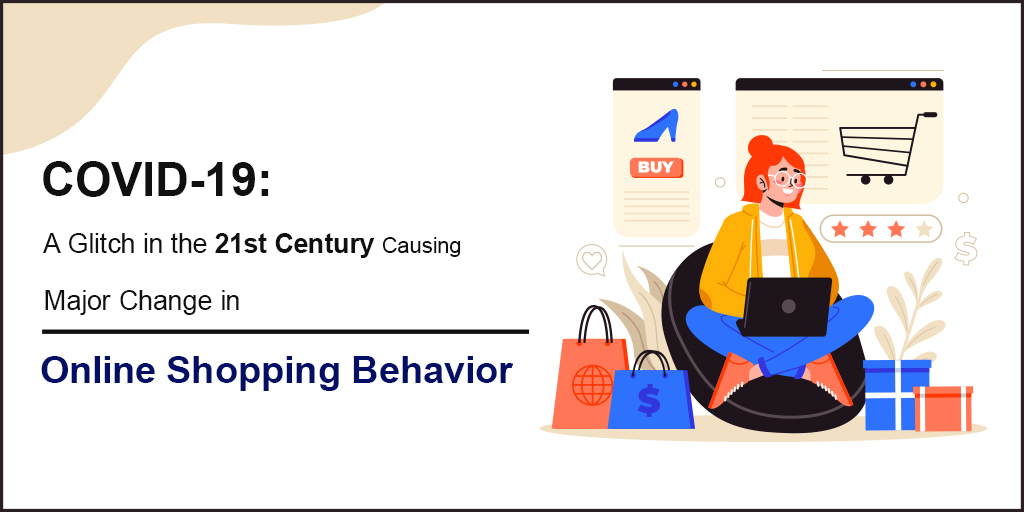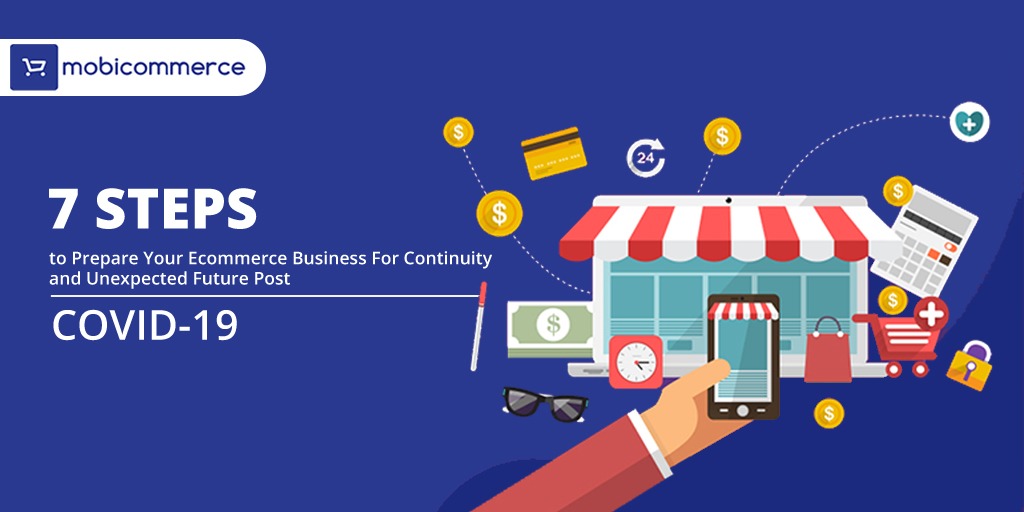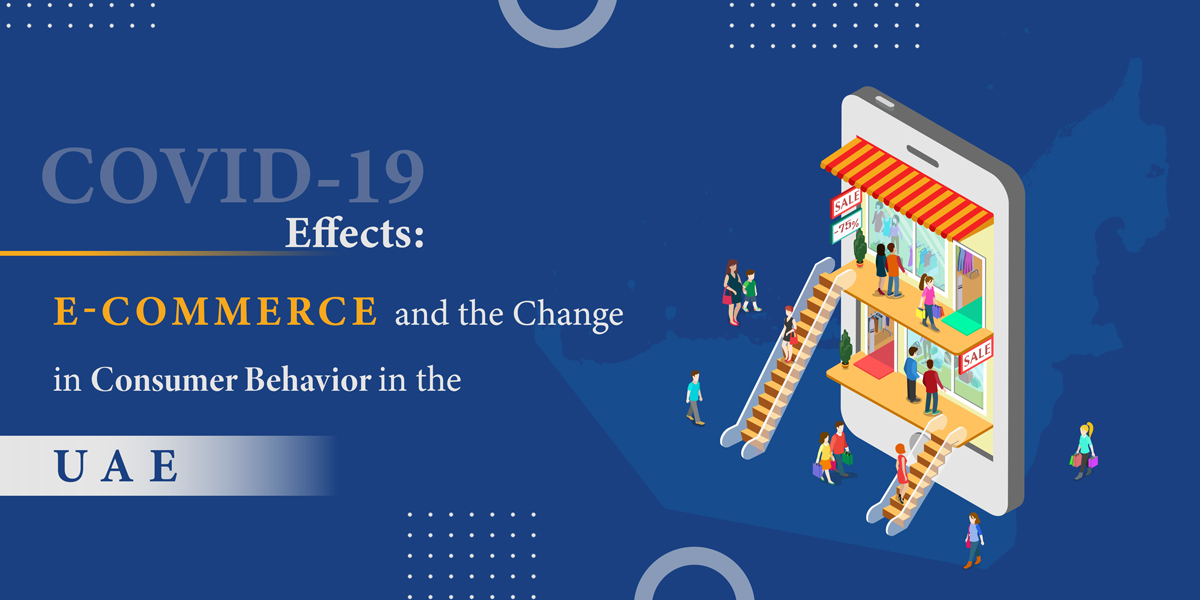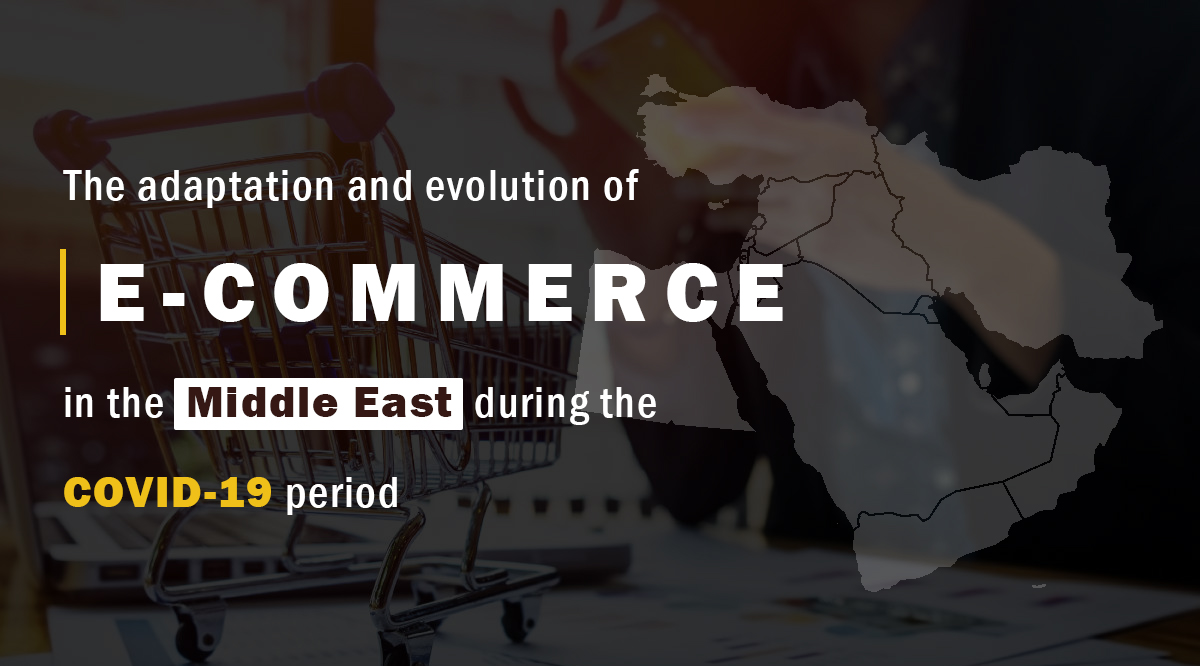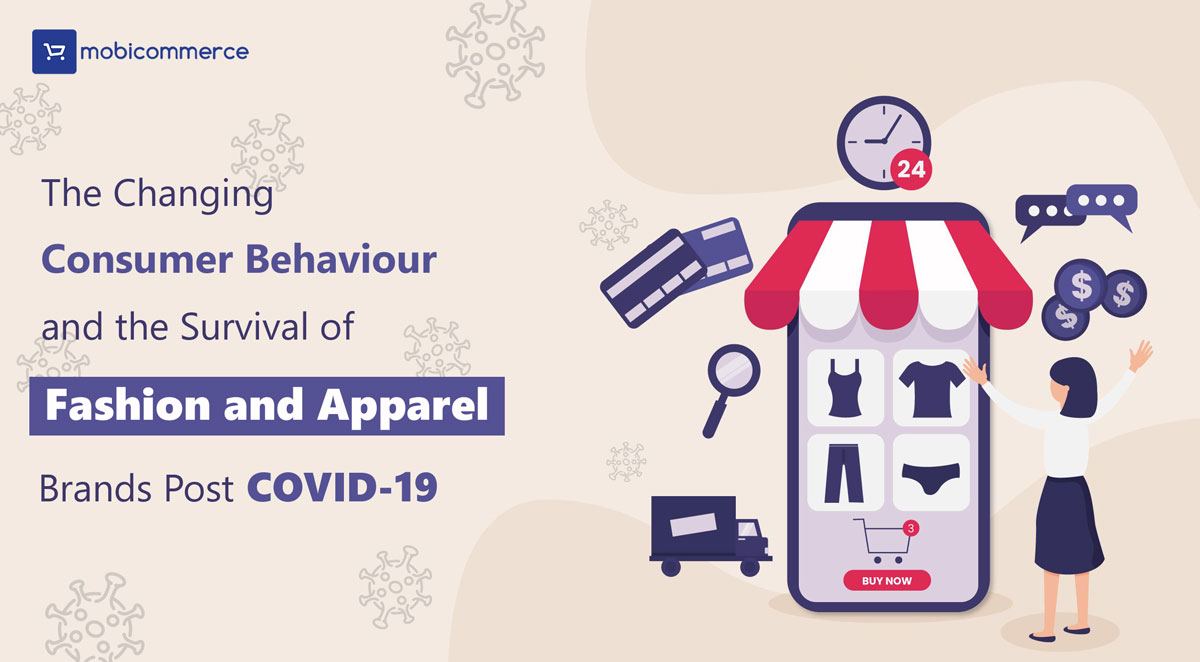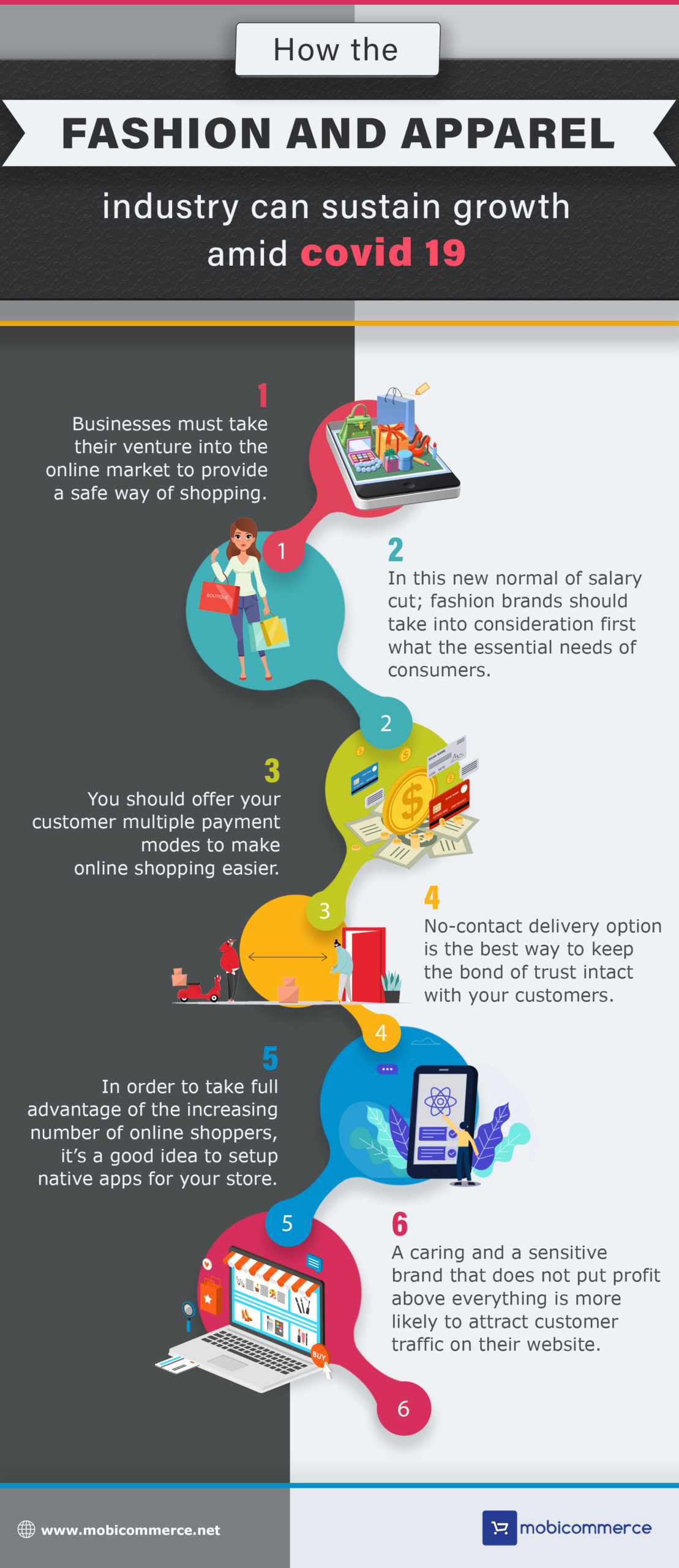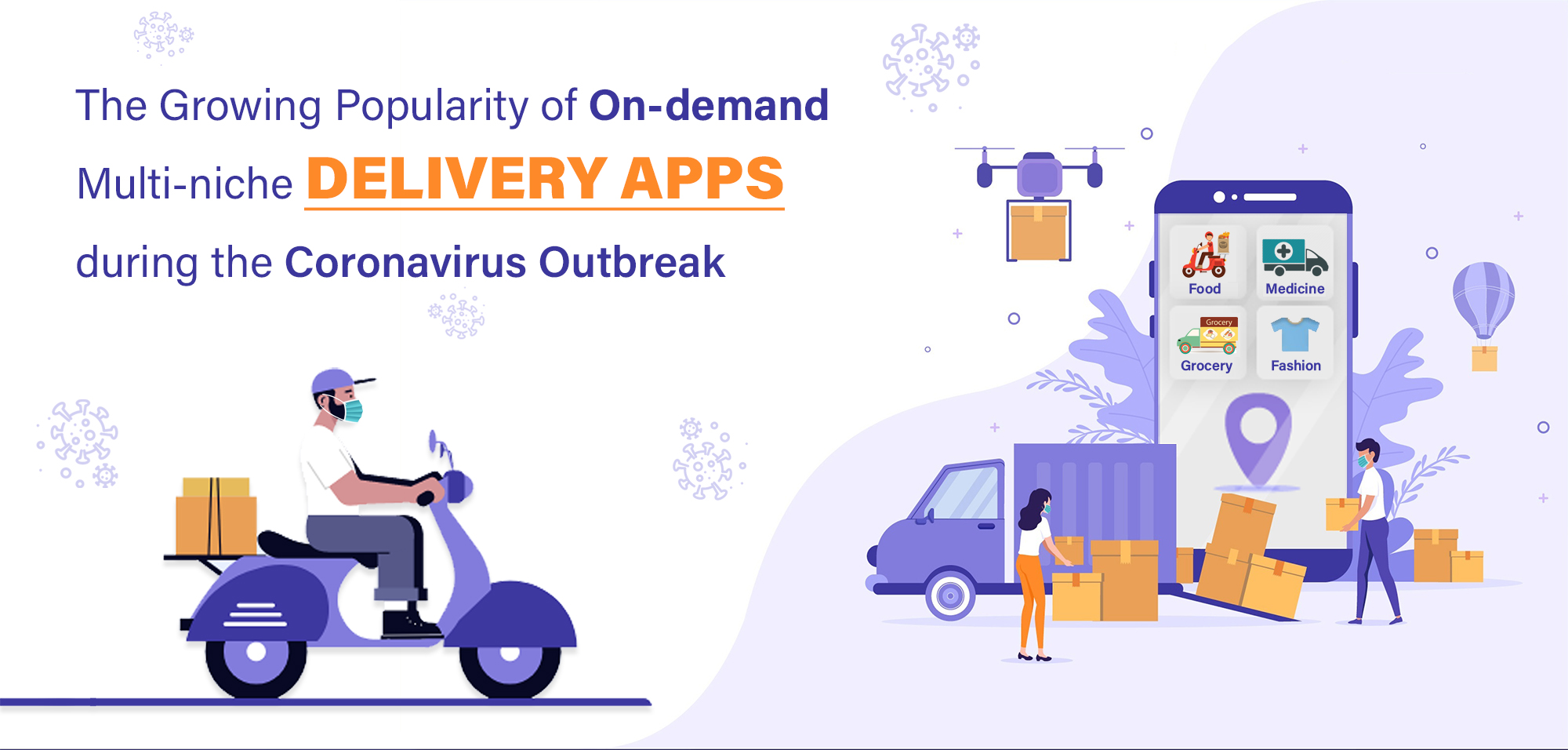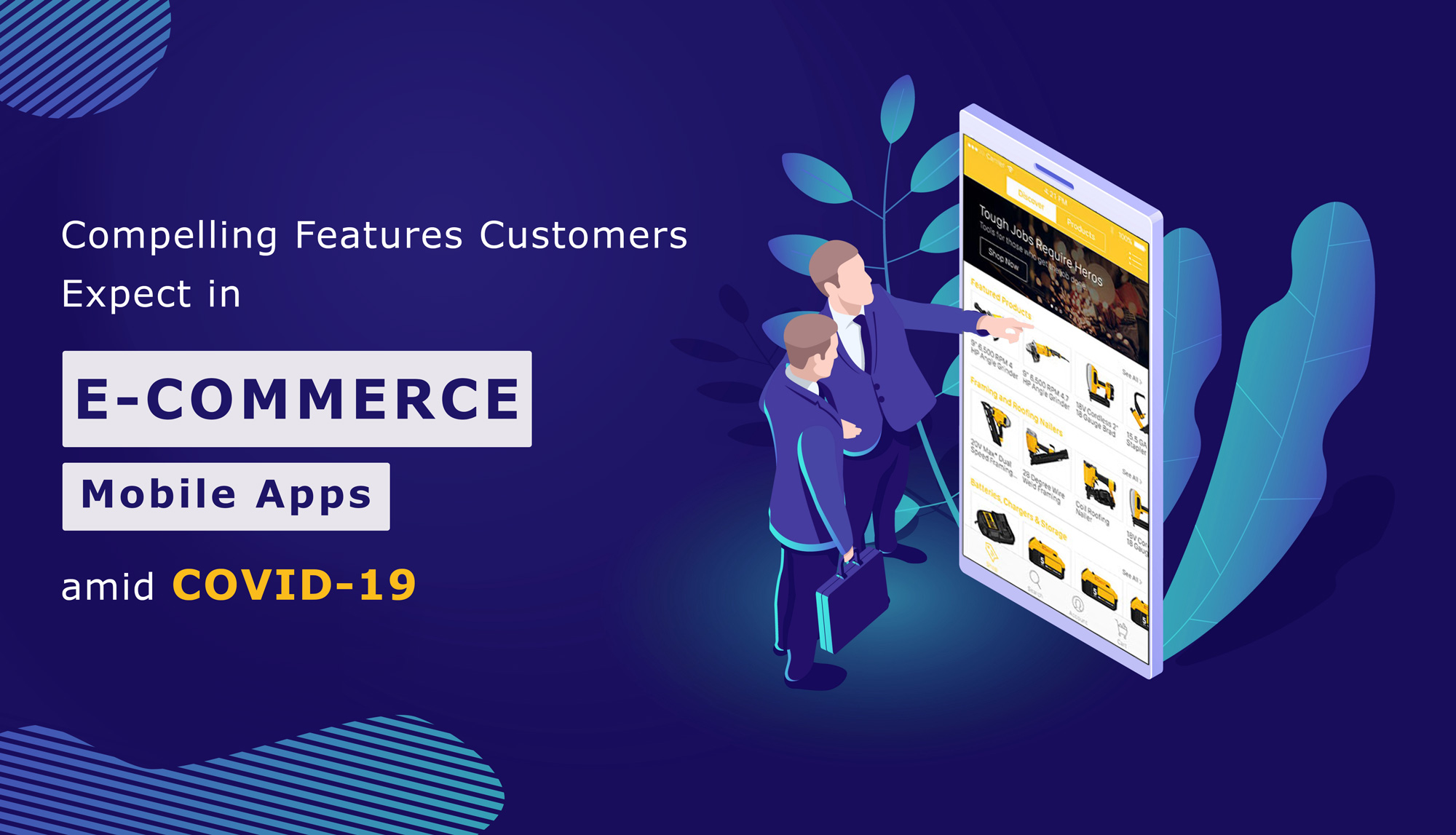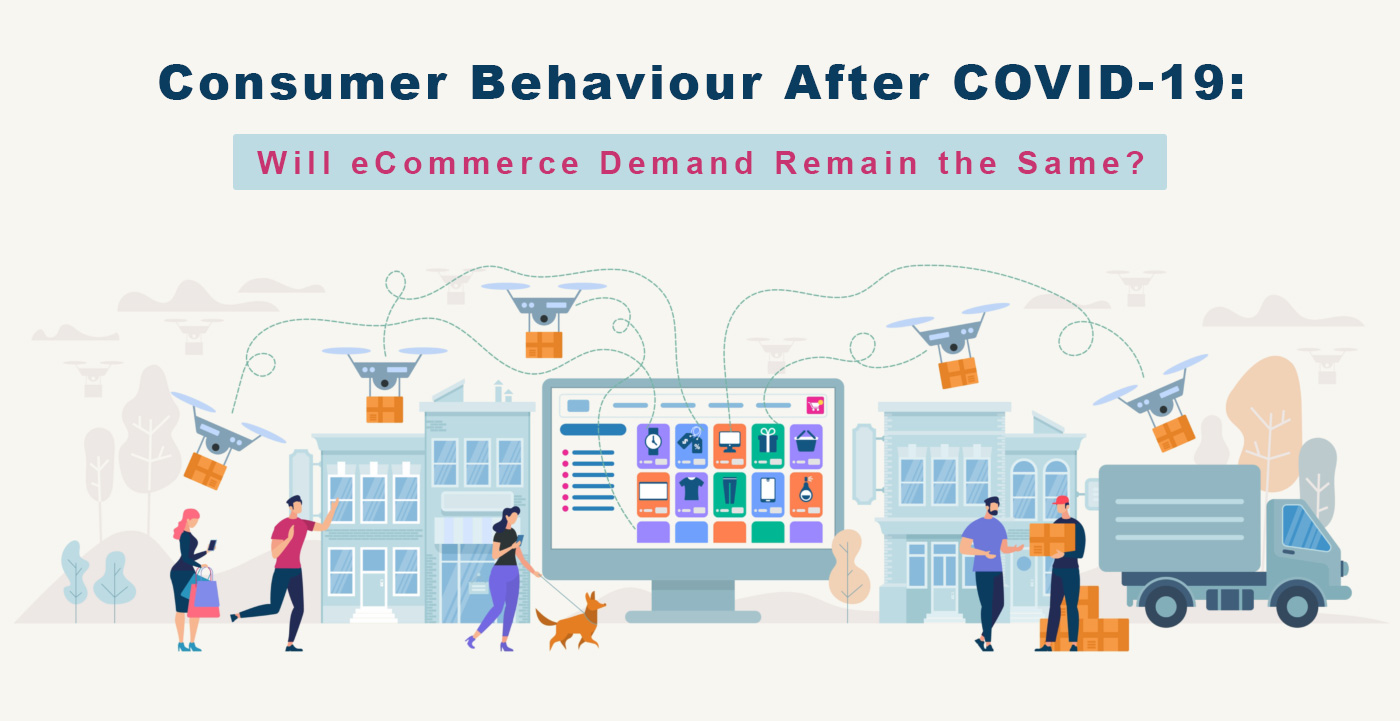The lockdown period gave a major spin-off to consumer behavior such that online ordering became an overnight habit. But the question is, will it be just a pandemic hangover or a forever manner?
An invisible virus brought a complete halt to all our lives. From washing hands thoroughly, wearing masks, social distancing and now vaccines, we may be able to speed up the recovery from the damage this pandemic has caused. However, the end is distant and uncertain. The deadly pandemic impacted all areas of our life and we could see new behaviors emerging in work, learning, communication, lifestyle, travel, health, entertainment, and the drastic one – shopping.
The moment the pandemic stepped into our lives, from businesses to consumers, all have taken refuge in the world wide web. Online selling and buying started becoming the new normal, in fact, the only mode of survival during the pandemic. Only those already online or businesses that re-evaluated their development strategies and invested in a smart eCommerce solution saved its face from the fall and rose stronger. So, what happened?
Well, eCommerce was here for many years but pre-COVID-19 the majority of the people refrained from purchasing online due to lack of trust, fear of fraud, and not being able to buy products at a good bargain. Preference for perishable/essential items and items with a big price tag, online, was also less. Hence, businesses relied on footfalls to check their growth and test the effectiveness of their marketing strategies. Online traffic was never considered as a measure of their success. Not long ago, a face-to-face meeting was considered inevitable to finalize a deal or maintain trust in clients. However, COVID-19 changed all that overnight.
Also Read: 7 Steps to Prepare Your Ecommerce Business for Continuity and Unexpected Future Post-COVID-19
The Behavioral Change: Temporary or Permanent?
The outbreak of online ordering that happened during the lockdown appears to soon become a permanent thing looking at the way the consumer preferences are changing due to:
Digital penetration: With the ease and availability of smartphones and cheap 4G network, online ordering started becoming more convenient than shopping offline, risking life among the crowd. The way digitalization has enabled consumers from distant places to order their necessities at their doorstep during such unprecedented times has helped build trust and loyalty in online shopping.
The COVID-19 fear: The fear of getting COVID-19 has not ended yet which is a good thing as it is one of the best measures to curb the spread of the pandemic. The more the fear, the less will people come in contact. Thus, it is the fear that caused the paradigm shift in consumer behaviour as people began shopping online more than going out. Although everything is back on track, a majority of consumers still prefer shopping online which may follow in the coming years too.
A Note for Retailers
With the emergence of new world order, i.e., consumers ordering online, retailers need to make a few changes in their way of business to survive and sail through the pandemic and the future ahead like:
- For starters, offline retailers must approach an eCommerce solution provider right away and develop their online presence to safeguard their futures.
- Embracing an omnichannel ecosystem and merging their online and offline operations would bring more benefits than they can imagine.
- Retailers already having an online presence must along with their eCommerce mobile app development company, revamp their eCommerce solution with innovative and latest ways in terms of features, content, appearance etc., to keep customers hooked to their store.
- A boost in social media presence would cause no harm as customers are always hanging out there, and reaching out to them where they are, is a chance no retailer must miss.
- With growing online competition, it is important to maintain the store visibility, and hence; retailers must focus on capitalizing on their existing customer data to drive traffic to their online store.
- Multiple payment options, easy navigation, simple checkout process, order tracking, personalization, all these features are what customers are looking for in any online business solution, therefore; ensure you have it all covered while getting your mobile commerce solutions developed at the hands of an experienced mcommerce app builder.
In A Nutshell, COVID-19 Brought with Itself Winds of Change
The COVID-19 pandemic introduced a new world order, changing the course of workflow and creating space for more creative innovations, digitally. So, if you are looking to reclaim your business, we at Mobicommerce are here to help you. Power your online store digitally today for greater reach and accessibility in the future.
